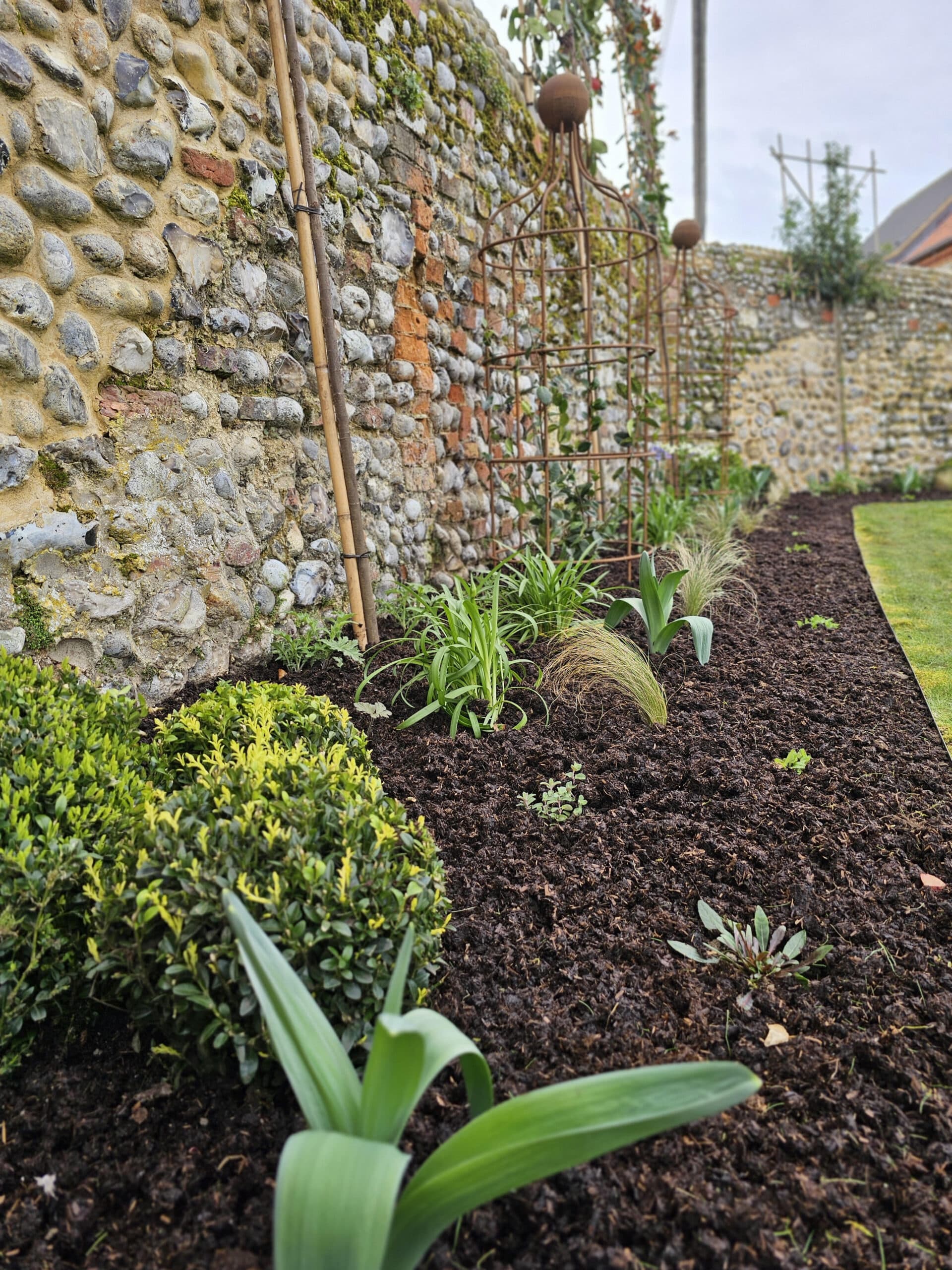
What are the benefits of Mulching in Autumn?
Mulching or topdressing is needed for a number of reasons as it is beneficial for your plants, the soil and the environment. Having organic material
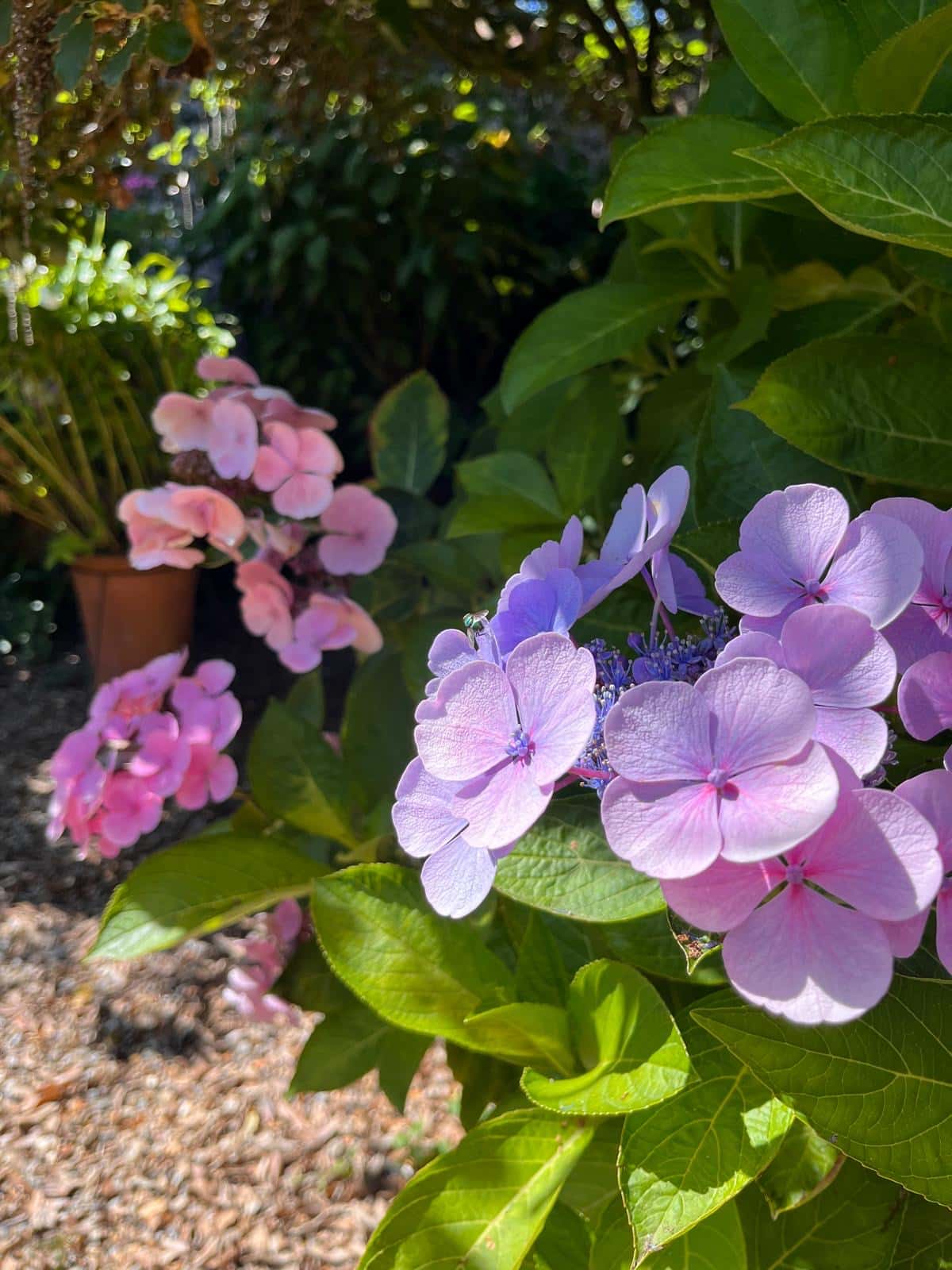
When Spring arrives, our home gardens begin to come alive again as the bleak months of winter end, temperatures rise and the hours of daylight increase. And, as the early season bulbs create blankets of pastel-coloured flowers on the ground, they’ll be accompanied by a scent of freshness in the air as the new buds of early flowering perennials, shrubs & trees begin to open, revealing their blossom and tender new leaves within. And, as these fragrances disperse into the air, they’ll become the biological signals that trigger many different species of animals out from their winter dormancy, to begin feeding, finding mates and ultimately producing their next generations. A Springtime occurrence that will have been repeated over hundreds of thousands of millennia which has been integral in the continuity of healthy ecosystems and the balance of their biodiversity. Ecosystems where every one of the component species has a role to play whilst occupying a place within that ecosystem’s natural food web. Whether they’ll be a primary consumer that feeds on plants, a composter, organic recycler, parasite or predator, they’ll all be a part of what should naturally be a balanced system. Unfortunately though, this isn’t always the case nowadays, particularly where the actions of humans have destroyed natural habitats, polluted rivers and applied broad-spectrum chemical pesticides to crops that not only kill plant pests, but beneficial wildlife too. These actions, along with a changing climate, have unbalanced ecosystems and have consequently made Britain one of the most nature-depleted countries on the planet. Reassuringly though, much conservation work is ongoing to restore natural habitats, replace lost woodlands and protect Britain’s nature, in the hope that this country’s declining biodiversity will be restored again. But this isn’t going to be a rapid process so, to support the conservation work, it’s possible that millions of Britain’s home gardens could be helping nature too, simply by becoming safe locations for native wildlife to live within or just journey through.
So how could Britain’s gardens help?
Well, the onset of Spring will be an ideal time to start, since this is when many wildlife species become active again and have to replenish the energy they’ll have lost during the winter months. And so, it’s important that our gardens provide food for the wildlife, by planting nectar-rich early flowering plants for the bees, queen wasps and butterflies to feed from, and by adding organic material for the numerous soil-dwelling creatures to feed on by adding organic mulch amongst the flower beds. These soil dwelling creatures often remain unnoticed hidden within the soil, but they are vital for creating and maintaining the rich nutritious soils that underpin healthy ecosystems, breaking down the organic material as they feed on it and recycling its nutrients back to the plants. But there’s also another group of creatures that are just as important, and these are the herbivores that feed on living plants, the leaf chewers and sapsuckers, which gardeners usually refer to as ‘plant pests’. However, these ‘plant pests’ exist in the lower levels of nature’s food chains where, for millions of years they’ve been consumed by other creatures and have become the keystone species that sustain an ecosystem’s biodiversity. So, it’s vitally important that these plant-eating creatures are present within a garden if the garden is to become wildlife-friendly, since allowing them to survive on the plants, will allow the many creatures that feed on them to survive too. However, it’s understandable that gardeners and growers will want to protect certain plants from the damage caused by the plant eating creatures, especially if the plants are being grown as edibles. But this doesn’t need to be done with chemical pesticides, since these will usually kill the beneficial creatures too. Instead, there are effective barriers and non toxic deterrents that are available for home gardeners to use nowadays. Environmentally safe alternatives that don’t eradicate plant pests but instead repel and deter them from damaging plants. Allowing them to remain in the garden as part of the garden’s biodiversity where they will be the food of their predators. This is particularly important during Spring and when aphids begin infesting garden plants. The Rose aphids for example, which will be one of the first species of ‘plant pests’ to appear on the new growth and flower buds of most cultivated roses. But these Rose aphids soon attract the ladybirds that will be emerging from hibernation, which not only begin eating the aphids, but laying their eggs amongst them. Eggs that soon hatch into ladybird larvae that voraciously eat the aphids too, reducing the infestation as nature intended. However, spraying the roses with a chemical pesticide (which includes organic Pyrethrum), will not only kill the aphids, but the ladybirds and any other beneficial insects nearby too. And it won’t just be beneficial insects that are affected, since killing the aphids will also remove an important food source for Bluetits who rely on Springtime aphids to feed their newly hatched chicks. If however, the aphid infestations are severe despite the presence of ladybirds and other predators, the infestation could easily be reduced using a fine jet of water from a hose. So in summary, keeping a garden wildlife-friendly simply involves not using chemical pesticides, having a succession of nectar-rich plants throughout the year, as many other plants, shrubs and if possible trees, for wildlife to shelter within, organic-rich soil, a source of clean water and finally, a degree of tolerance and acceptance of the plant-eating creatures that ultimately form the foundations for healthy balanced ecosystems.

Mulching or topdressing is needed for a number of reasons as it is beneficial for your plants, the soil and the environment. Having organic material

When Spring arrives, our home gardens begin to come alive again as the bleak months of winter end, temperatures rise and the hours of daylight

Our new Champions will be flying the flag for PlantGrow this year and all things natural. We have selected a varied group of individuals from
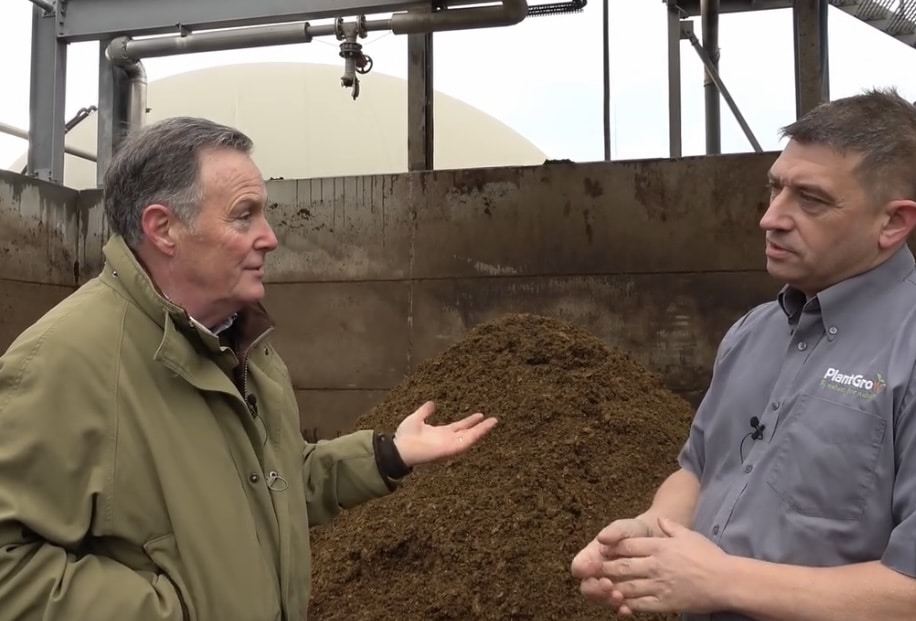
2025 is promising to be a busy year once again for us at PlantGrow with new brand ambassadors and a new list of ‘Champions’ who
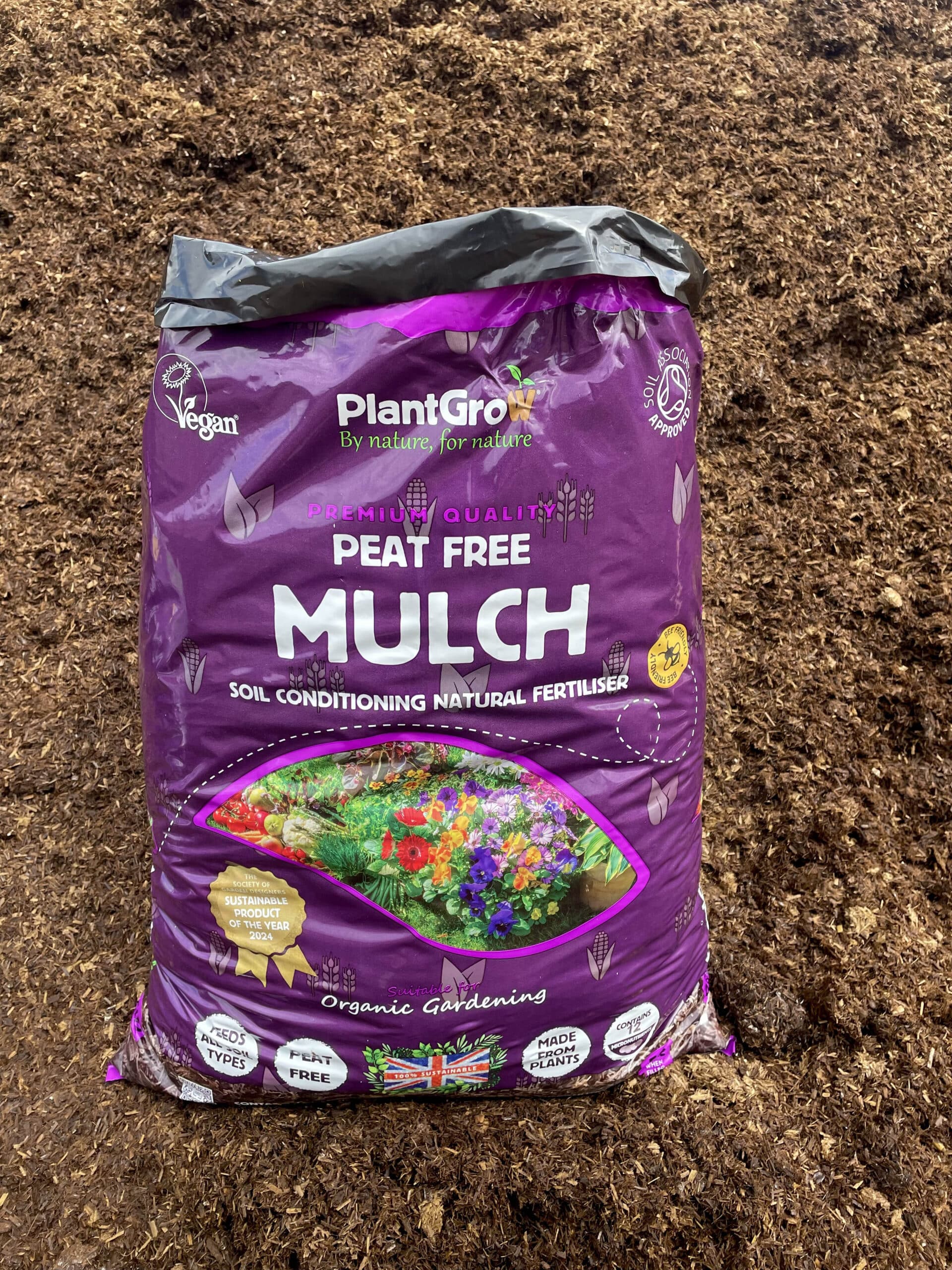
November 2024 Award-winning & market leading PlantGrow Organic Mulch will soon be available in 50-litre size bags for garden centres. Their signature natural fertiliser product
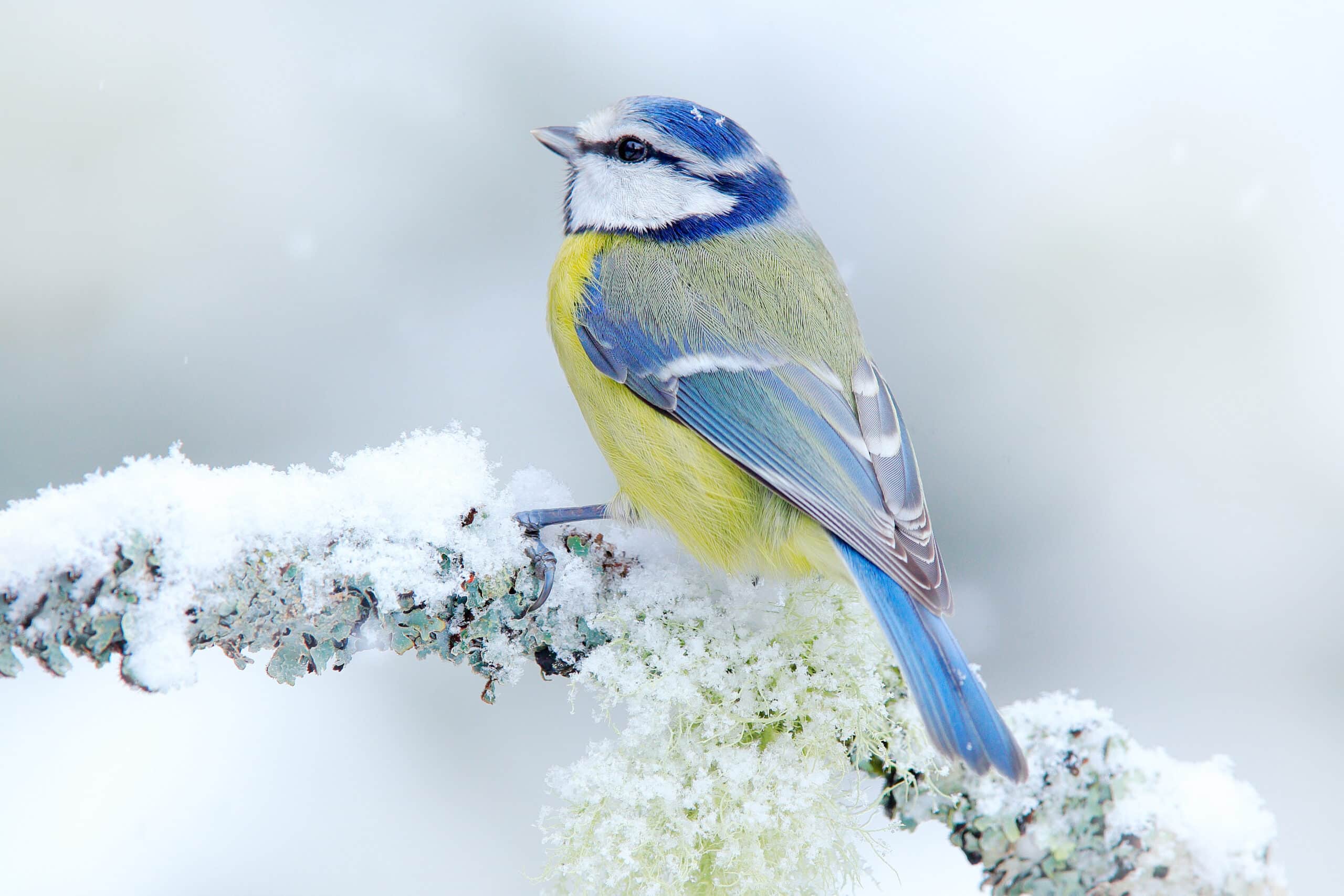
Late Autumn and the onset of Winter will trigger a notable change to the abundance, behaviour and physical state of life within our gardens. With
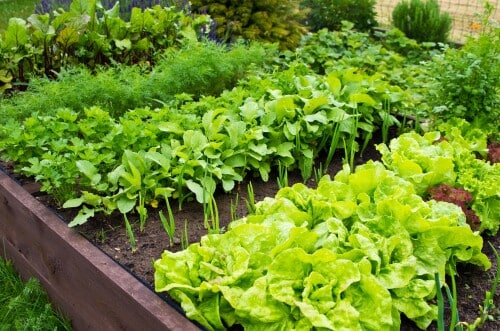
Why do you need to add PlantGrow mulch this Autumn? Mulching or topdressing is needed for a number of reasons as it is beneficial for
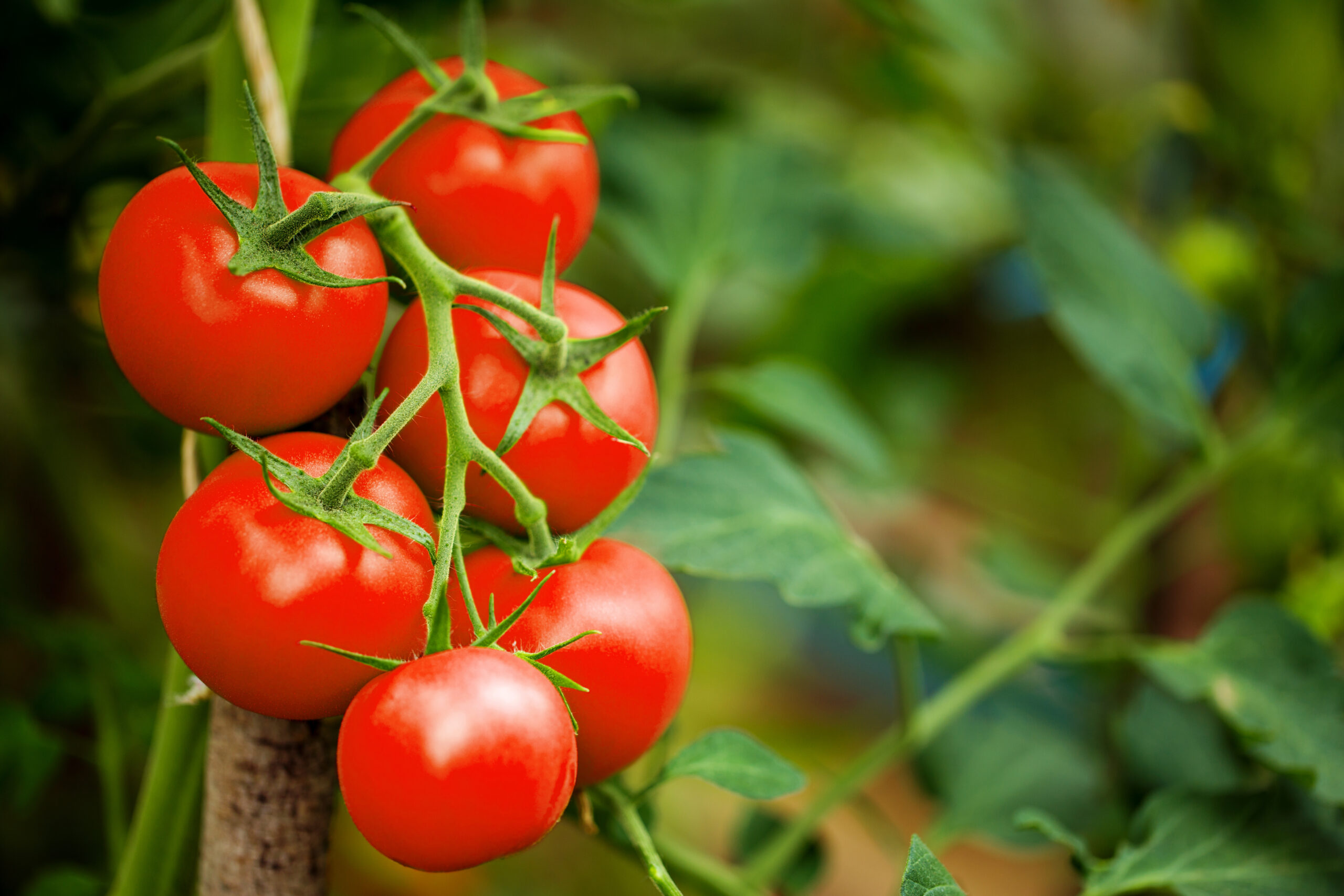
Q: Why should I use fertiliser on my fruits and vegetables? To help you get the most from your garden. Fertilisers supply your plants with

Meet our 2024 PlantGrow Champions PlantGrow Champions are a select group of Instagram growers who use PlantGrow in their gardens. Each one was individually chosen for
| Cookie | Duration | Description |
|---|---|---|
| _savt | 3 years | This cookie is set by Square for payment processing. |
| cookielawinfo-checkbox-advertisement | 1 year | Set by the GDPR Cookie Consent plugin, this cookie is used to record the user consent for the cookies in the "Advertisement" category . |
| cookielawinfo-checkbox-analytics | 11 months | This cookie is set by GDPR Cookie Consent plugin. The cookie is used to store the user consent for the cookies in the category "Analytics". |
| cookielawinfo-checkbox-functional | 11 months | The cookie is set by GDPR cookie consent to record the user consent for the cookies in the category "Functional". |
| cookielawinfo-checkbox-necessary | 11 months | This cookie is set by GDPR Cookie Consent plugin. The cookies is used to store the user consent for the cookies in the category "Necessary". |
| cookielawinfo-checkbox-others | 11 months | This cookie is set by GDPR Cookie Consent plugin. The cookie is used to store the user consent for the cookies in the category "Other. |
| cookielawinfo-checkbox-performance | 11 months | This cookie is set by GDPR Cookie Consent plugin. The cookie is used to store the user consent for the cookies in the category "Performance". |
| CookieLawInfoConsent | 1 year | Records the default button state of the corresponding category & the status of CCPA. It works only in coordination with the primary cookie. |
| elementor | never | This cookie is used by the website's WordPress theme. It allows the website owner to implement or change the website's content in real-time. |
| viewed_cookie_policy | 11 months | The cookie is set by the GDPR Cookie Consent plugin and is used to store whether or not user has consented to the use of cookies. It does not store any personal data. |
| Cookie | Duration | Description |
|---|---|---|
| _GRECAPTCHA | Session | Spam prevention |
| _hjSession_* | 30 Minutes | A cookie that holds the current session data. This ensures that subsequent requests within the session window will be attributed to the same Hotjar session. |
| Woocommerce_cart_hash | 1 Day | To store items in cart |
| Woocommerce_items_in_cart | Session | Store items in cart. |
| Wordpress_logged_in_ | Session | WordPress |
| Wordpress_sec_* | 15 Days | To provide protection against hackers, store account details. |
| Wp_woocommerce_session_* | Session | Store performed actions. |
| Cookie | Duration | Description |
|---|---|---|
| _hjAbsoluteSessionInProgress | 30 Minutes | Hotjar sets this cookie to detect the first pageview session of a user. This is a True/False flag set by the cookie. |
| _hjAbsoluteSessionInProgress | 30 Minutes | Hotjar sets this cookie to detect the first pageview session of a user. This is a True/False flag set by the cookie. |
| _hjSessionUser_* | 1 Year | Hotjar cookie that is set when a user first lands on a page with the Hotjar script. It is used to persist the Hotjar User ID, unique to that site on the browser. This ensures that behavior in subsequent visits to the same site will be attributed to the same user ID |
| CONSENT | 2 years | YouTube sets this cookie via embedded youtube-videos and registers anonymous statistical data. |
| Cookie | Duration | Description |
|---|---|---|
| VISITOR_INFO1_LIVE | 5 months 27 days | A cookie set by YouTube to measure bandwidth that determines whether the user gets the new or old player interface. |
| YSC | session | YSC cookie is set by Youtube and is used to track the views of embedded videos on Youtube pages. |
| yt-remote-connected-devices | never | YouTube sets this cookie to store the video preferences of the user using embedded YouTube video. |
| yt-remote-device-id | never | YouTube sets this cookie to store the video preferences of the user using embedded YouTube video. |
| Cookie | Duration | Description |
|---|---|---|
| cookielawinfo-checkbox-tracking | 1 year | No description |
Parcel deliveries
We aim to deliver all parcels within 2-4 working days from dispatch, order before 12:00pm for same day dispatch.
Pallet deliveries
We aim to deliver all pallets within 2-5 working days from dispatch, order before 12:00pm for same day dispatch.
If you require further information regarding your delivery, please email daniel@plantgrow.co.uk
